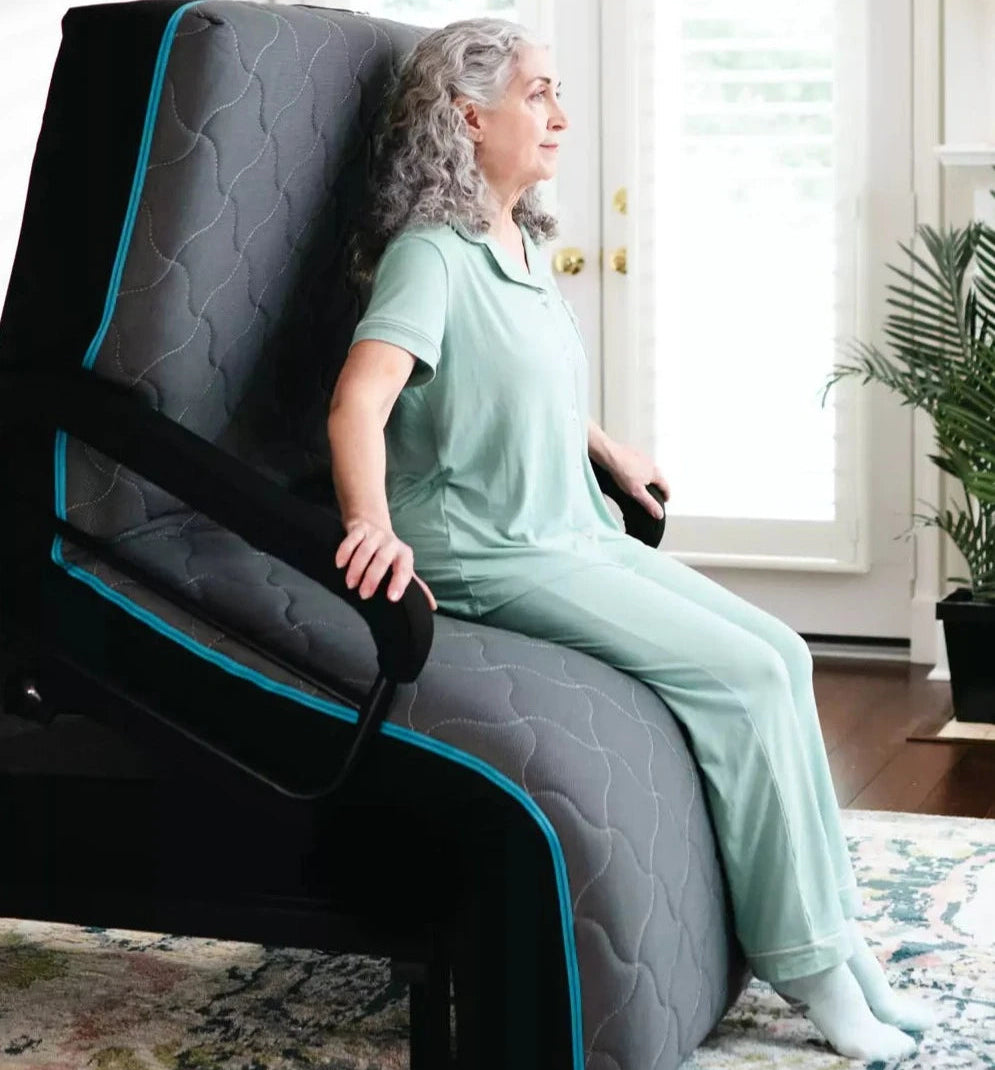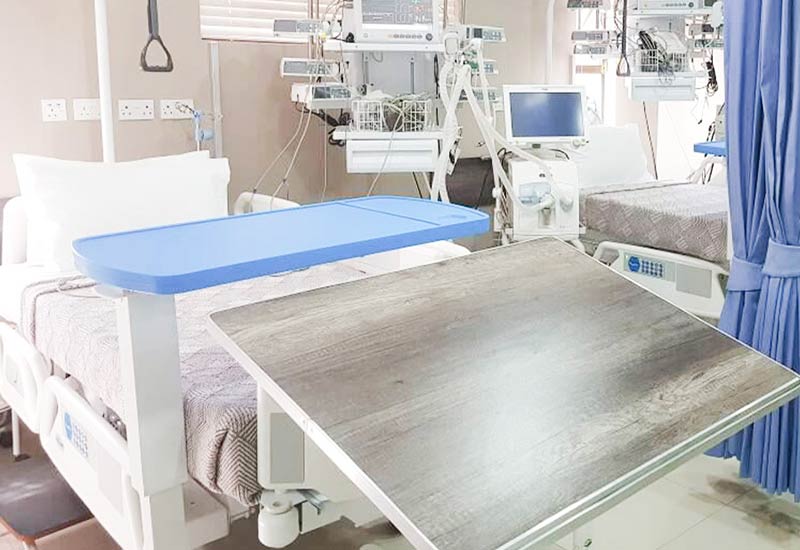Indicators on Hospital Beds For Home Use You Should Know
Table of ContentsHospital Beds For Home Use for DummiesSome Of Hospital Beds For Home UseNot known Facts About Hospital Beds For Home UseNot known Facts About Hospital Beds For Home UseThe Best Guide To Hospital Beds For Home UseGetting My Hospital Beds For Home Use To WorkThe Buzz on Hospital Beds For Home Use
All adjustments are controlled electrically, which is easy to operate and highly accurate. It is appropriate for events where patients have actually limited mobility or need to readjust their pose frequently. Next off, we will certainly explore the characteristics, makes use of, and Pros and Disadvantages of each type of hospital bed in deepness. A hands-on healthcare facility bed is the most standard type of hospital bed, and all change functions are attained through a hand-cranked tool.These hand-cranked devices are typically set up at the foot or side of the bed, and the caregiver or person can adjust the height or tilt angle of the bed by trembling the deal with. Since no electrical parts are called for, are usually more affordable than electric healthcare facility beds, ideal for medical establishments or family members with limited budget plans.
Excitement About Hospital Beds For Home Use
For patients that require to change their pose or elevation frequently, hands-on beds might not be hassle-free sufficient since each adjustment requires manual operation. If the bed needs to be readjusted regularly, taking care of personnel may need to invest even more physical stamina to operate the hand-cranked device - hospital beds for home use. Guidebook beds are generally suitable for clients in the recovery duration or occasions with low nursing demands
Generally, the change of the back and legs is managed by electric motors, while the total elevation change still requires to be done manually. The objective of this style is to minimize costs and power usage while keeping high operational comfort. Compared with hands-on healthcare facility beds, semi-electric healthcare facility beds are easier in adjusting the back and legs, especially for people that require to adjust their pose regularly.
Given that just some functions rely upon electricity, semi-electric medical facility beds eat less power throughout use. Given that the general elevation still needs to be readjusted manually, it may not be as convenient as completely electrical healthcare facility beds for people who require to adjust the bed height often. Compared with hands-on medical facility beds, semi-electric hospital beds are somewhat extra complex to operate, calling for users to grasp the mix of electrical and hand-operated operations.
Electric hospital beds have high adjustment precision and can be specifically adapted to a particular angle and elevation according to the needs of individuals to provide the most comfy assistance. All-electric healthcare facility beds are generally geared up with a range of added features, such as integrated scales, cushion pressure adjustment, etc, to fulfill the special requirements of different individuals.
All About Hospital Beds For Home Use
A reduced bed is a specially created hospital bed that can be adapted to a really reduced level, typically just a couple of inches from the ground. The objective of this style is to minimize the danger of clients falling from the bed, specifically for clients who are at threat of dropping, such as the elderly or people with minimal flexibility.

About Hospital Beds For Home Use
supply a care atmosphere suitable for kids's elevation and body shape, enhancing the comfort and safety and security of kids. Some pediatric beds are also equipped with brilliantly tinted bed rails or cartoon decors to reduce the worry of children in the health center atmosphere. For youngsters that require to stay in bed for a very long time, pediatric beds are typically geared up with anti-bedsore cushions, flexible bed rails and various other functions to give comprehensive care support.
The delivery bed is likewise furnished with postpartum healing features, such as bed mattress modification, bed heating, etc, to assist mommies recoup quicker. The intensive treatment bed (ICU Bed) is created for the extensive treatment unit (ICU) and has extensive tracking and nursing functions. This kind of bed is usually equipped with user interfaces for a selection of monitoring tools, which can keep track of the client's vital signs in actual time, such as heart rate, high blood pressure, respiration, and so on.
How Hospital Beds For Home Use can Save You Time, Stress, and Money.
The extensive care bed has a fully electrical adjustment feature, which can click here for info swiftly readjust the angle and position of the bed to satisfy the needs of different therapies and care. The layout of ICU bed takes into account the need of rescue procedure. The bed can be quickly readjusted to the most ideal rescue position and accept using rescue equipment.
It can properly isolate patients from the outdoors globe and decrease the danger of infection transmission. Isolation beds are generally geared up with unique bed curtains or sealing covers and attached to air purification systems to maintain the air around the bed clean. Seclusion beds are specially developed to stop the spread of microorganisms from transmittable clients and safeguard the safety and security of other individuals and clinical staff.
Seclusion beds are furnished with air filtration systems that can filter microorganisms and particulate issue in the air to maintain the air around the bed tidy. Can also be changed to different settings.
Our Hospital Beds For Home Use Diaries
Wider and tougher than a standard bed. Obese, excessive weight, individual sizeDesigned for clients at danger of falling out of bed. Reduced to the ground than a common bed. Client falls, bed heightDesigned for children. Smaller sized in size than a basic bed. Pediatrics, child-sized equipmentUsed throughout childbirth. Geared up with features such as braces and a headrest.

In a healthcare setting, selecting the appropriate bed can not just improve the effectiveness of treatment, however additionally substantially boost patient comfort and security. By understanding the types and uses of these beds, health care facilities and family members caregivers can much better support and care for their individuals.
Hospital Beds For Home Use Things To Know Before You Buy
HomeCare Health Center Beds, a division of DiaMedical United States, is committed to giving complete transparency for its clients. Clients can be overwhelmed by the different choices in long-term care products, and HomeCare Healthcare facility Beds is dedicated to enhancing this procedure, while ensuring consumers obtain the info and support they need.
Medicare Part B (Medical Insurance policy) covers healthcare facility beds as durable clinical devices (DME) that your doctor suggests for use in your house. After you fulfill the Part B insurance deductible you pay 20% of the Medicare-approved quantity (if your distributor approves assignment). Medicare pays for different sort of DME in different ways.
